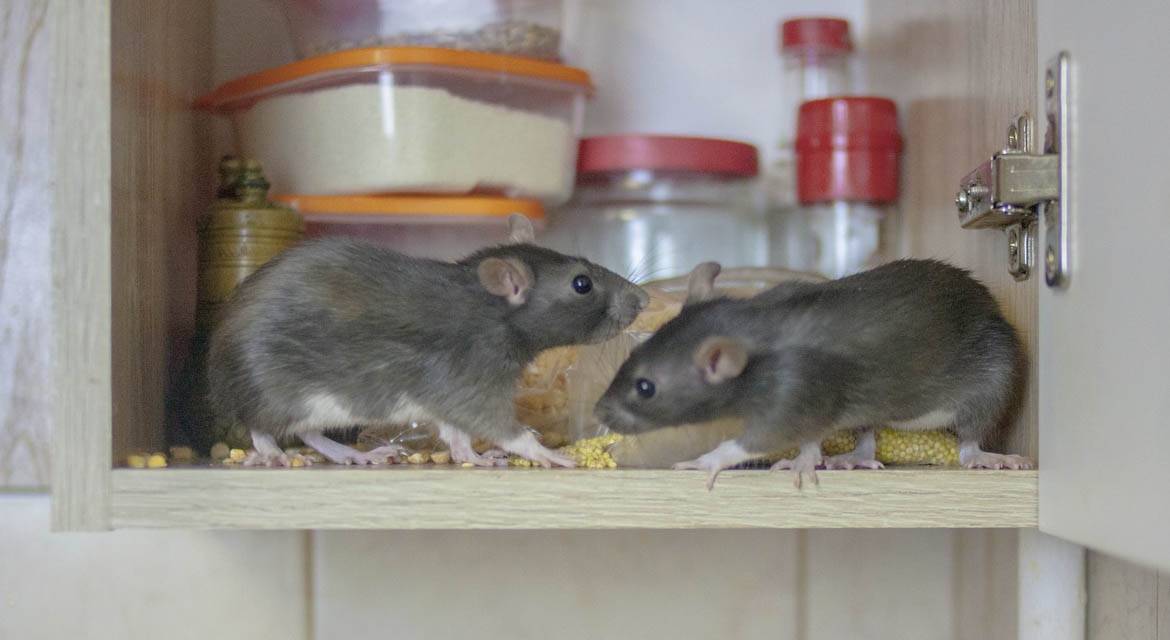Can Mice Climb Walls?
Mice have an astonishing ability to scale walls. These small rodents leverage their unique physical adaptations to traverse vertical terrains with surprising ease. Homeowners, especially, benefit from understanding this peculiar behavior. While it may provide a fascinating spectacle for the curious observer, a climbing mouse might signal potential intrusions or infestations. Recognizing their climbing habits is the first step to ensuring that homes remain rodent-free. Knowledge about their vertical escapades, combined with preventive measures, can make a significant difference in managing these rodents.
The Anatomy and Adaptations of a Climbing Mouse
Mice are adept climbers, and their anatomy plays a significant role in this capability. Their strong limbs, particularly their hind legs, give them the power to push upward and maintain grip on vertical surfaces. Complementing this is their flexible body, allowing them to navigate narrow crevices and move with agility. But the real stars in their climbing arsenal are their sharp claws. These claws dig into even tiny irregularities in a surface, granting them the traction they need. Additionally, a mouse’s tail serves more than just a balancing act. It acts as a fifth limb, providing added stability, and in some instances, aiding in grip, especially when navigating challenging terrains.
Not all mice climb with the same proficiency. Younger mice, with their agile bodies and fresh claws, often outperform their older counterparts in scaling walls. As mice age, the repeated strain of climbing, coupled with natural wear, might slightly dull their claws. This wear, although minimal, can reduce their climbing efficacy over time.

Not the pest you are looking for?
Check out our pest library to see what other pests we have articles on
In assessing other rodents, there are varied climbing abilities. While many species of mice, such as the house mouse (Mus musculus), exhibit impressive climbing skills, not all are as adept. Some laboratory strains, bred specifically for certain genetic traits, may not climb as efficiently due to physical variations or behavioral differences. Interestingly, mice aren’t the sole climbers in the rodent family. Rats, for instance, also possess notable wall-climbing abilities, with their larger size and powerful limbs aiding their vertical adventures. Understanding the nuances of these different species and strains provides an insight into the adaptability of rodents.
Understanding Climbing Behaviors
Mice often have preferred surfaces and favor textured or uneven surfaces. Walls made of brick, wood, or those with crevices and ridges are especially appealing, granting their claws ample opportunities to grip and hoist their lightweight bodies. However, when it comes to smooth surfaces like glass or polished metal, mice face a greater challenge. Their claws find minimal purchase, making vertical traversal difficult, though not impossible for short distances. Navigating vertical corners or intersections poses a different set of challenges. Mice use these to their advantage, often squeezing into the intersections for better leverage and grip. As nocturnal creatures, mice are more active and inclined to climb during the night, utilizing the cover of darkness as they explore and search for food.
However, climbing doesn’t come without its hazards. Smooth, slippery surfaces pose the most obvious obstacle, where chances of slipping are high. Moreover, higher altitudes carry the risk of potentially fatal falls. As resourceful creatures, mice also sometimes carry food or nesting materials while climbing, which adds an extra layer of difficulty. Balancing these objects, especially during vertical ascents, requires added caution and often slows their pace.
Natural Habitat Vs. Urban Climbing
In the wild, mice frequently employ their climbing skills to escape predators or access food sources. Trees, rocks, and uneven terrains serve as their natural climbing playgrounds. In contrast, urban environments present them with man-made structures, where walls, pipes, and wires become their vertical highways. While flat surfaces like roads and floors are easier to navigate, the instinct to climb remains ingrained. Urban house behaviors typically involve evading a domestic cat or accessing a food source on a kitchen counter for instance.
Homeowners’ Guide to Mouse-Proofing Walls
Recognizing the signs of climbing mice can save homeowners from potential infestations. While both mice and rats can leave marks on walls, there are subtle differences. Mouse tracks are typically smaller, with footprints averaging around 1/3 of an inch. They might also leave behind streaks or smudges, a result of their fur brushing against the surface. Rat marks, being from a larger rodent, are noticeably bigger. A keen eye might also spot tiny scratch marks from their claws, though these are often faint and may require closer inspection.
Preventive Measures
For homeowners eager to deter these agile climbers, a few steps can make a big difference. Sealing potential entry points, especially around the foundation and near the roof, is essential. Using metal mesh or steel wool can thwart their attempts, as these materials resist their gnawing efforts. Vertical surfaces can be made more challenging by ensuring they are smooth and devoid of ledges. As for the slippery question, wet or slick walls can indeed deter mice. Their grip on such surfaces becomes compromised, making it more difficult to scale. Incorporating smooth and potentially slick materials in strategic places can serve as an added barrier.
The Science Behind Mouse Climbing
In the scientific community, studying the climbing behavior of mice is a pathway to understanding their evolutionary adaptability. Researchers utilize controlled environments to observe and measure their climbing ability, often incorporating varying wall textures and inclines. From an evolutionary perspective, the ability to climb likely offered mice an edge in evading ground-based predators, accessing elevated food sources, and exploring diverse habitats. Over generations, these vertically-inclined behaviors became ingrained, making them the adept climbers we observe today.
Take Away
Mice, with their evolutionary adaptations, exhibit impressive vertical climbing abilities, presenting both scientific intrigue and challenges for homeowners. Understanding their behavior is important for effective deterrence and coexistence.

